Nature’s Bounty
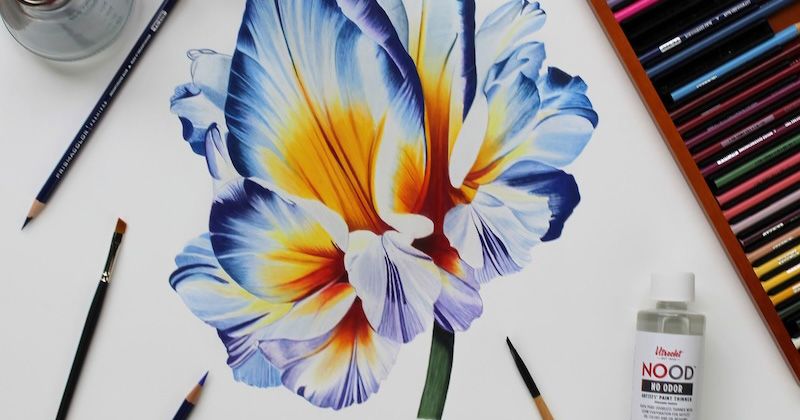
Jennifer Morrison’s colored pencil renderings go beyond traditional botanical drawings to become “portraits” that capture the unique beauty and character of her subjects.
[SPONSORED CONTENT]
Jennifer Morrison has been drawing botanicals for close to a decade—and rarely feels an urge to draw anything else. “Not only are there are endless possibilities for color and composition when rendering flowers,” she says, “but they evoke an array of feelings. Many people have a ‘favorite’ flower, often intertwined with special memories.”

The artist grew up in Southern Indiana, where she roamed through fields and woods and played in the garden. A significant influence was her grandfather, who appreciated the beauty of fruits, vegetables and flowers—and passed that aesthetic sensibility down to Morrison. “There’s a sense of magic in popping open a pea pod and seeing all the little peas neatly lined up inside,” she says. “I’m connected to all of it somewhere deep down, and I don’t think I’ll ever run out of ways to interpret nature through art.” This philosophy is certainly on full display in her body of work.

Q: What is it about colored pencil as a medium that you enjoy?
A: Many things, but mainly—colored pencils are so accessible. They’re relatively inexpensive and come in a variety of beautiful colors. They can be used for everything from coloring in a coloring book to creating an original masterpiece. You can transport them anywhere, and they’re virtually mess-free. I always loved to color as a kid, and I experience the same joy when I draw with colored pencils.
Q: Describe your technique for combining colored pencils with NOOD.
A: Colored pencils and Utrecht NOOD Odorless Paint Thinner are a magic combination. NOOD dissolves the binders in pencil pigment. It releases the pigment, creating something that looks more like paint than pencil. This process gets rid of any of the graininess that might be commonly associated with colored pencils. It transforms my drawings into “colored pencil paintings.” Prismacolor’s colored pencils are perfect for this technique because they’re so soft and blendable, and the pigment really blooms when they’re mixed with paint thinner. The process is relatively easy. I start by creating a base layer of colored pencil, then I apply the paint thinner with a firm-bristled brush. I use a very small amount of paint thinner to blend, and the paper never gets very wet. After letting the drawing set for a few minutes until it’s completely dry, I add my next few layers of pencil to refine the drawing. At this stage, I adjust the values, refine the details and clean up the edges.
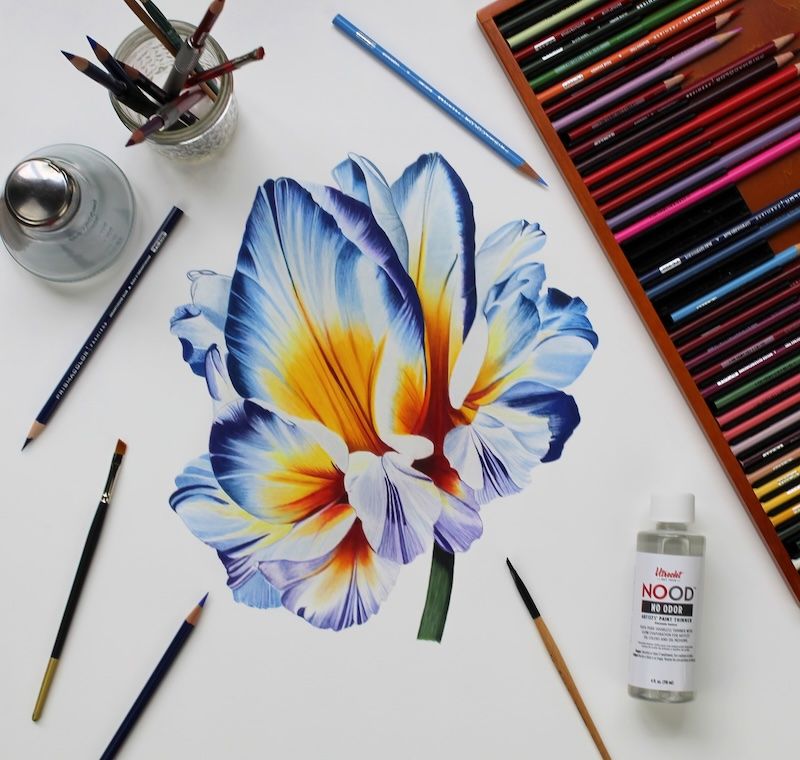
Q: What other tools do you use?
A: Once you get past the basics, there are a lot of different tools and techniques you can use in colored pencil artwork. I especially like using an electric eraser to pull up bits of color in my drawings, which adds texture and depth. I also like using a stylus or embossing tool to indent lines and details into the paper. When I go over those areas with colored pencil, the pigment doesn’t stick. This is an easy way to add veins to leaves and create tiny details in the centers of flowers. I’ve drawn on almost every type of paper from Bristol smooth to Pastelmat. My current favorite drawing surface is 2-ply museum mount board. It comes in large sheets that I can cut to size. I’m drawing my “Tulip” series on Legion Rising museum mount board, cut to 20×20 inches. Strathmore makes a museum mount paper that I like, as well.
Q: Do you have any tips for artists who are new to colored pencils?
A: It’s important to understand that drawing is a learned skill. I didn’t have any natural talent for it (as evidenced by my first few drawings) but, I improved quickly because I practiced regularly. I watched video tutorials and applied what I was learning. I think the most important skill to have in order to draw in a realistic style is patience. If you take the time to learn a few simple techniques, and you have the patience to practice, you will improve. I no longer subscribe to the idea of “color-matching.” In most cases, I don’t think it’s important to find the perfect color to match a reference image. Value is where it’s at. Match your colors as close as you can without stressing out about it and focus on the values. You want some really dark shadows and some nice, bright highlights. As long as you create a beautiful palette of colors to work from, then the colors in your artwork will be beautiful.
Q: Anything else that you’d like to share about your creative process?
A: Learning how to create art has been one of the best decisions I ever made. I always have something to look forward to, whether it’s the drawing I’m currently working on or a future series that I’m dreaming about. I have enough ideas to last me the rest of my life, and I can’t wait to get started on all of them!
To find Prismacolor Colored Pencils, Utrecht NOOD Odorless Paint Thinner, and other featured materials, visit DICKBLICK.COM.


If you love colored pencil, don’t miss the many works of colored pencil among the award-winners and finalists in the latest edition of The Best of Drawing: Winners of Strokes of Genius 15 (Winter 2024).

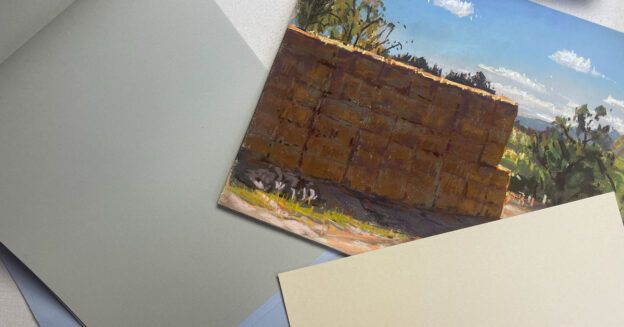

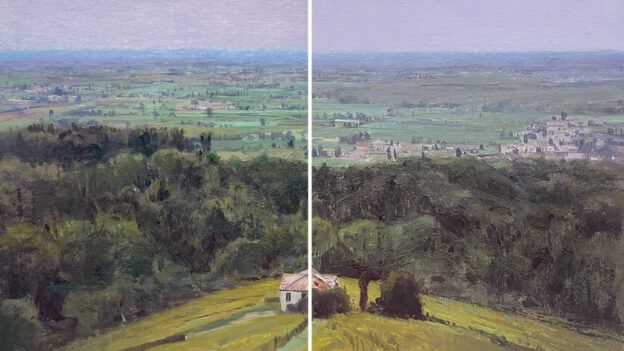

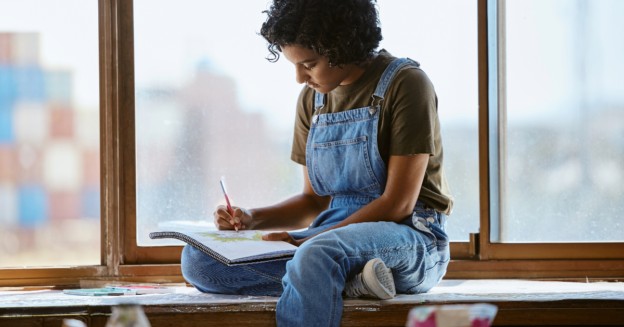
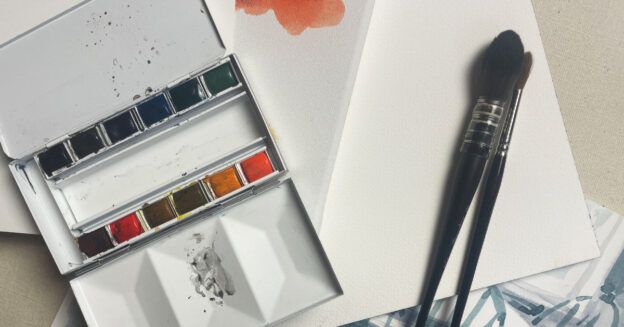


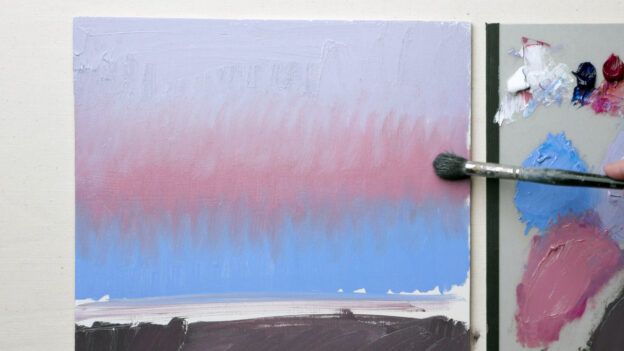
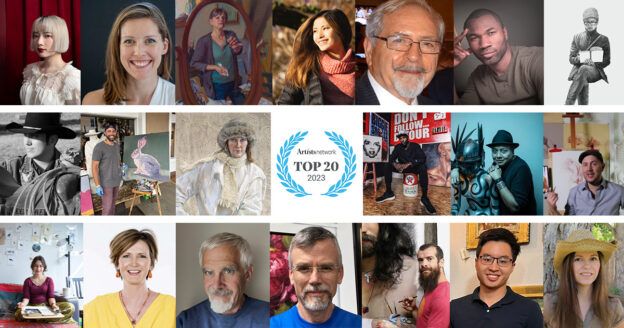

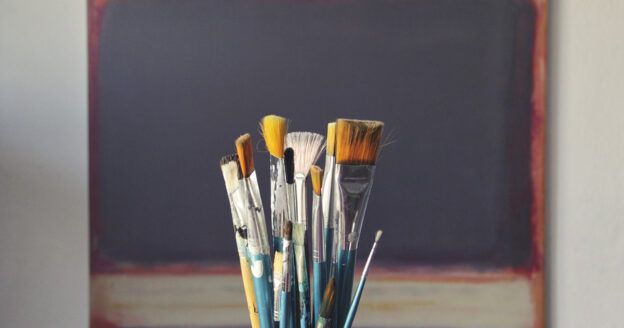
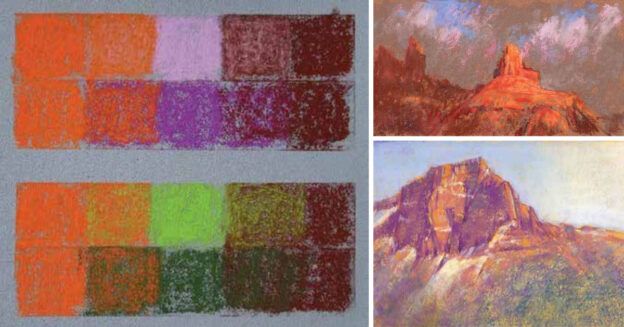
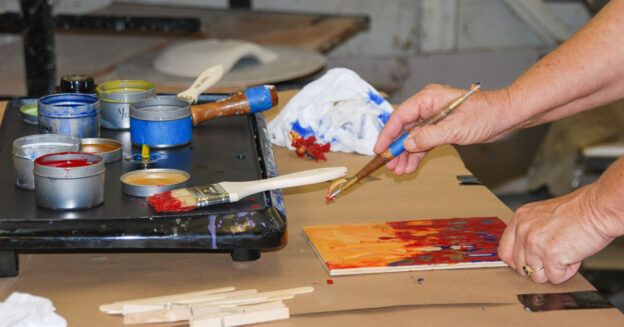
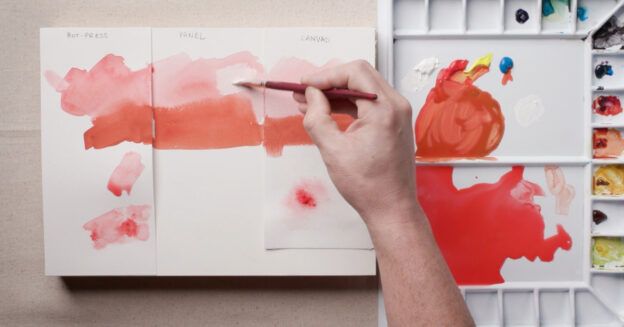
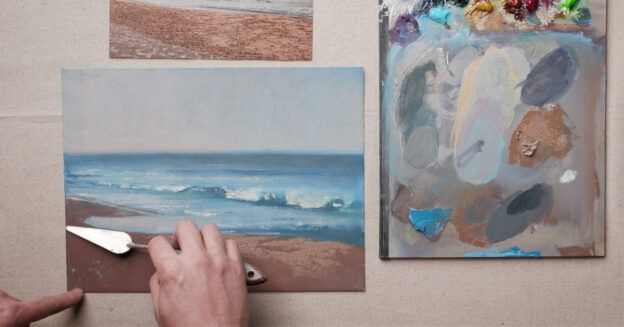
Join the Conversation!